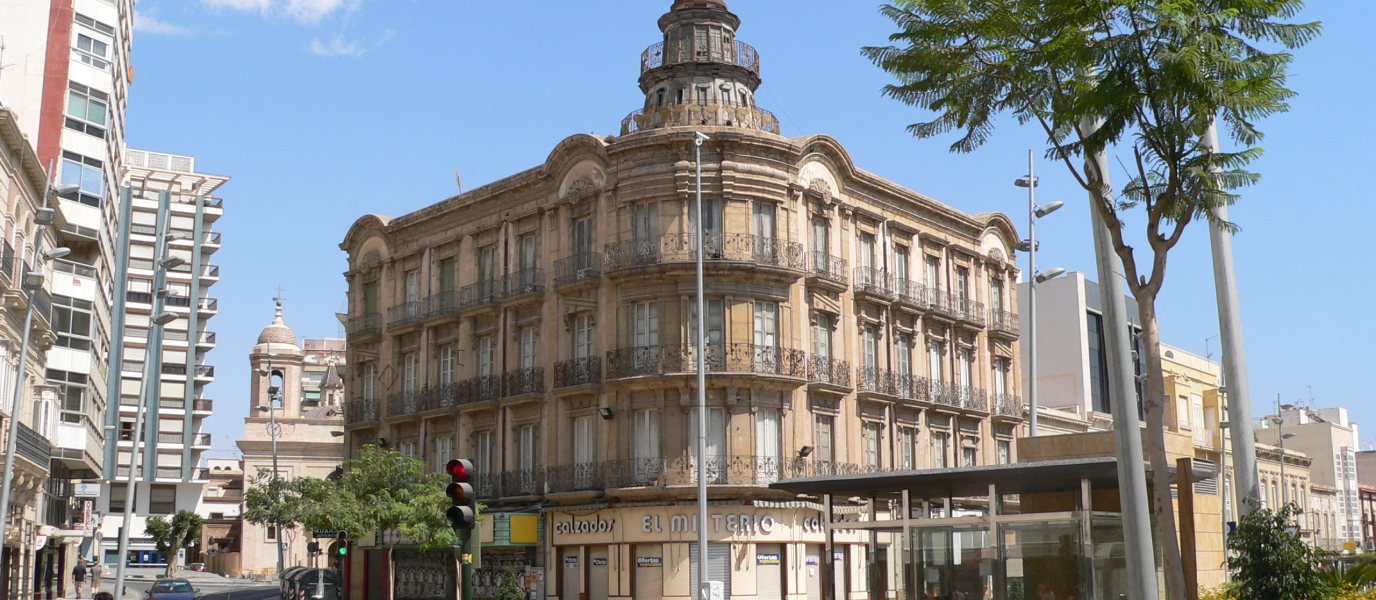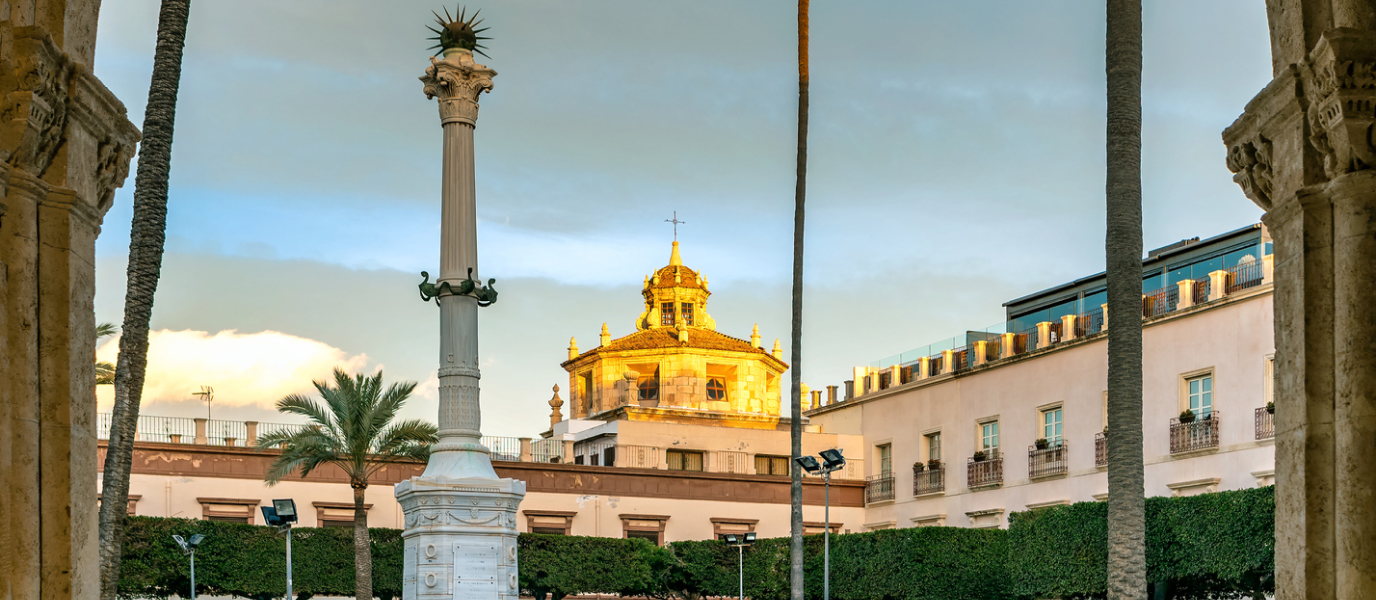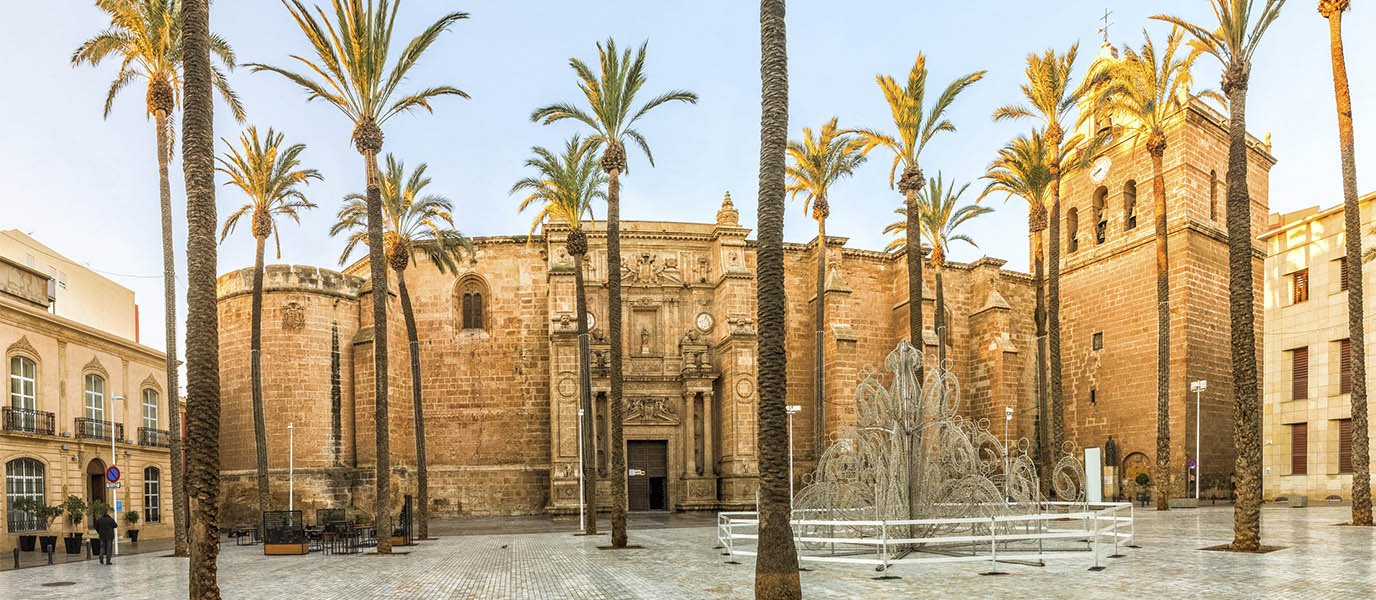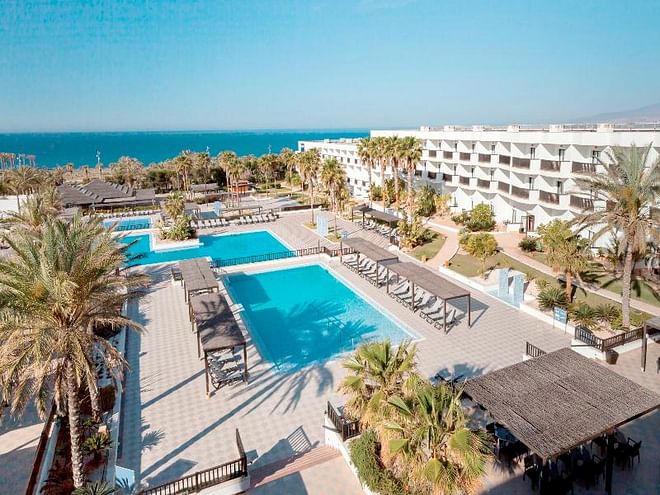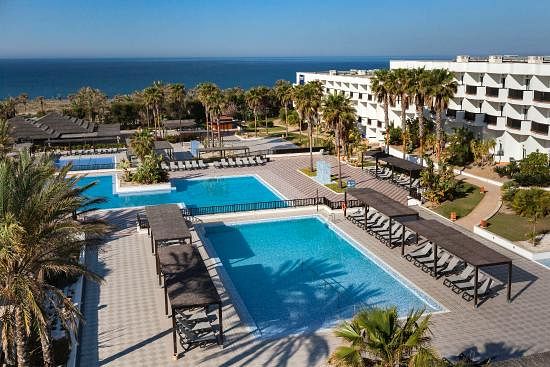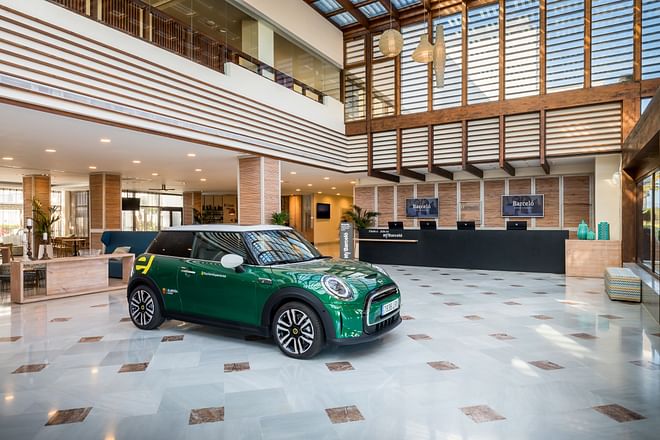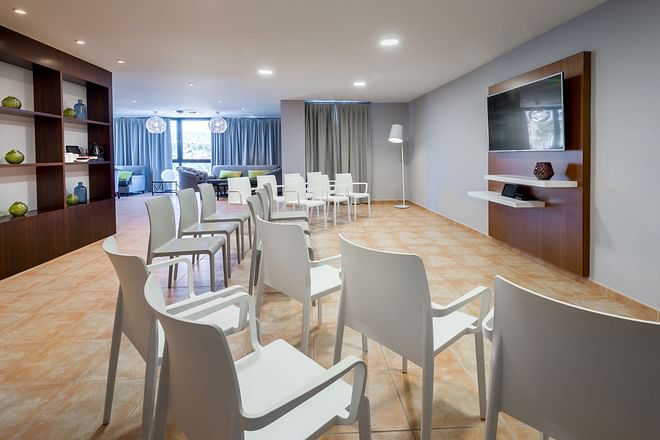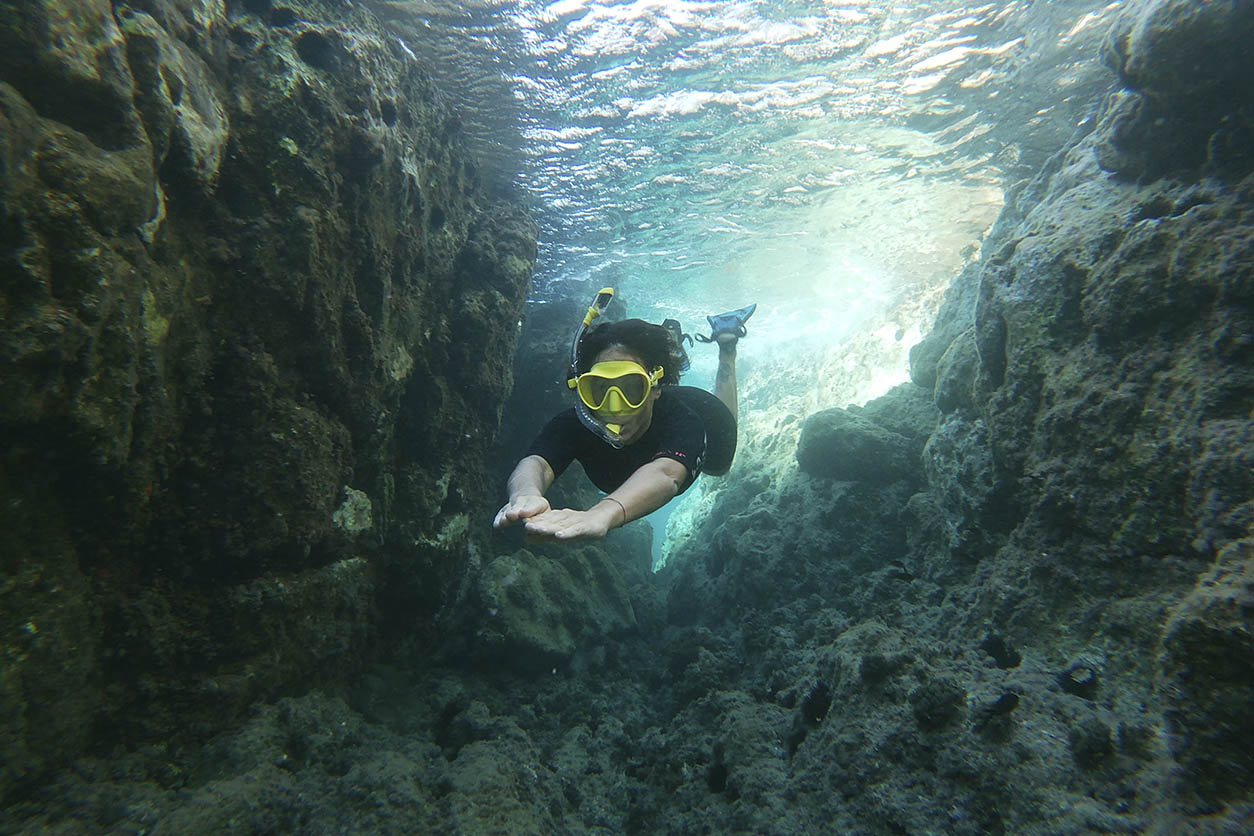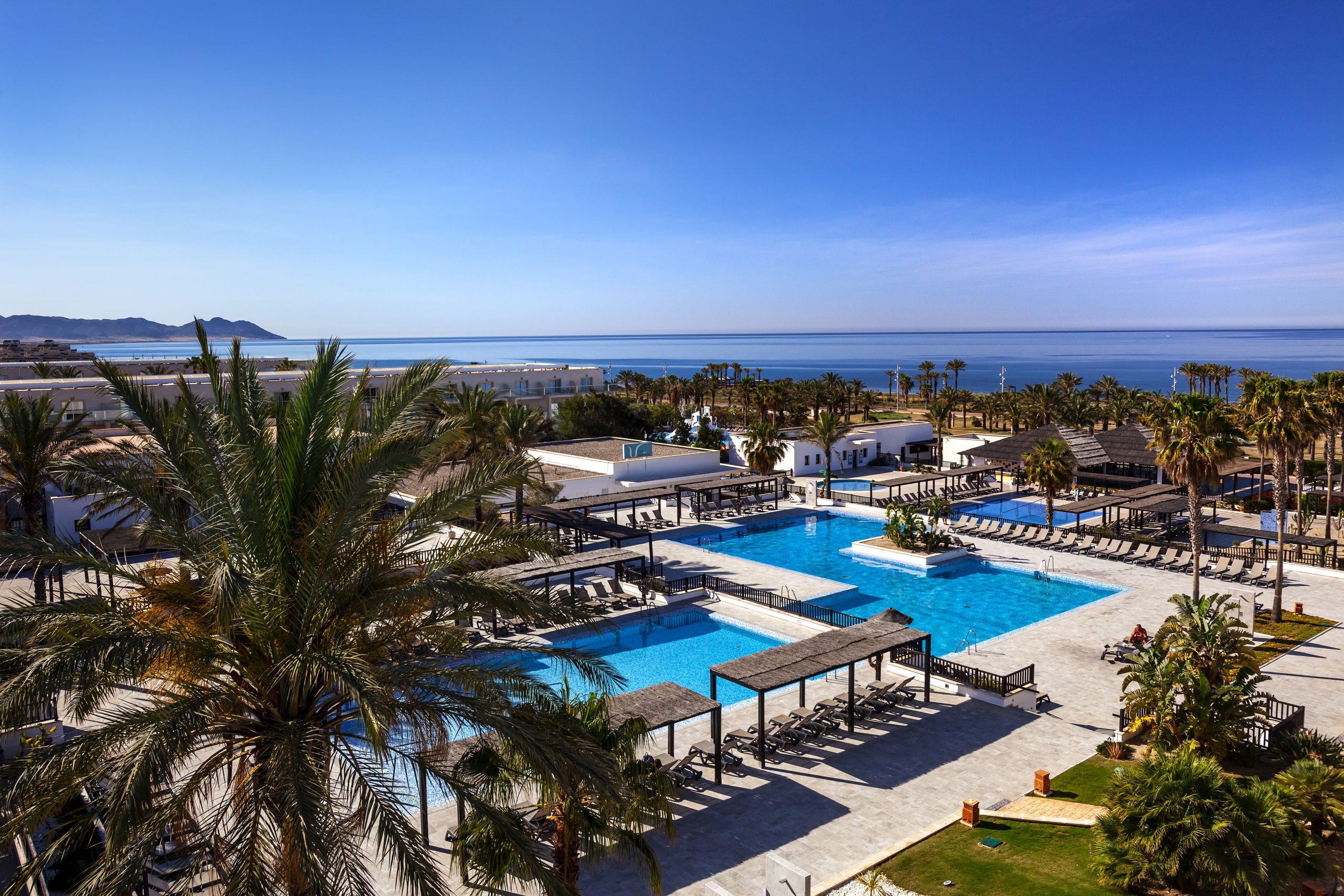The Port of Almeria is located on a gulf that has acted as a major gateway since prehistoric times. In fact, it was the most important port of the Caliphate of Cordoba. Nowadays, it is a popular destination to pick up ocean-fresh fish at the fish auction or to head to one of the many restaurants located on site to savour perfectly prepared seafood.
It is also part of the top ten busiest ports in Spain for its proximity to northern Africa. The local agricultural and construction material industries also contribute to the heavy traffic of cargo ships coming and going from the port. The healthy fishing industry also places the port of Almeria in the 8th position for the sheer volume of catch levels.
The port may play a pivotal role in the local economy but it is also integrated in the social fabric of the city. It offers several spaces to do sport and go for leisurely strolls as you take in the fabulous views. There are also several fantastic restaurants specialising in fresh fish and seafood.
The port’s history
There are several archaeological sites located not very far from the city, including Millares that dates back to 4 BC; and the ancient Iberian settlement of Urci which later became the Roman city of Pechina. These ancient settlements reveal the undeniable strategic importance the Gulf of Almeria has had for the last 3,000 years.
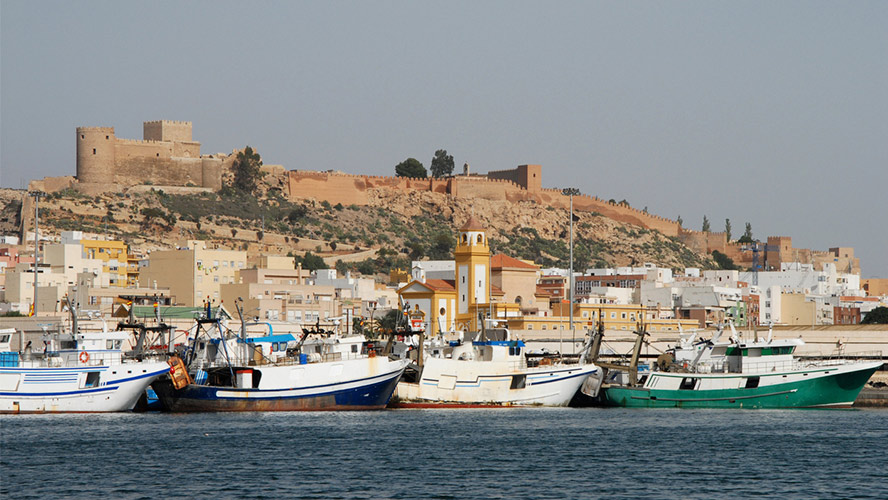
However, its peak came in 884 with the arrival of North African seafarers and merchants who founded the Maritime Republic of Pechina. They formed alliances with the local Yemeni, Muladi and Mozarb communities to fight against Norman invasions. This alliance gave rise to a booming trade empire where slaves, Pecina silk, linen, and agricultural and artisanal products flowed through the busy port. Goods were shipped to all parts of the Mediterranean: from northern Africa to Byzantium. It was also home to powerful corsairs who benefitted from tremendous political, military and commercial freedom within the Caliphate of Cordoba.
When Calipha Abd al-Rahman III came to power in the 5th century, he built the Alcazaba to lay claim to Almeria and push out the Maritime Republic. This marked the foundation of the city. The fall of the Calipha of Cordoba propelled Jairan, the first ruler of the Almeria Taifa, to power. He established Almeria as the capital of the Taifa and it achieved incredible industrial and commercial prosperity during his reign. In fact, there must have been thousands of weavers weaving damask, cotton, velvet, brocade and silk. Cargo ships would sail out of the port towards foreign lands laden with these luxurious materials and would come back bearing countless treasures.
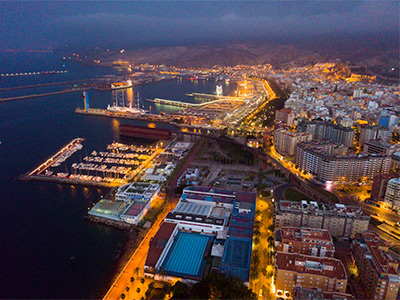
The reconquest of Almeria by the Catholic Monarchs brought on the eventual demise of the port. The 1522 earthquake crippled the port, paralysing its operations with the New World. The port also played a key role in one of Spain’s darkest chapters: this is where thousands of Moors were loaded on ships and expelled from Spain. Many joined the Berber pirates from northern Africa and participated in many of the raids the city suffered between the 17th and 18th century.
The impetus for iron mining in the region during the 19th century prompted the rebirth of the port. The port flourished for several decades before buckling under the weight of economic hardships in the 20th century. However, the arrival of greenhouse agriculture and tourism in the 1960s led to a revitalisation of the port. Since then, the port has become a modern-day facility which welcomes passenger, cargo and fishing ships.
A tour around the port of Almeria
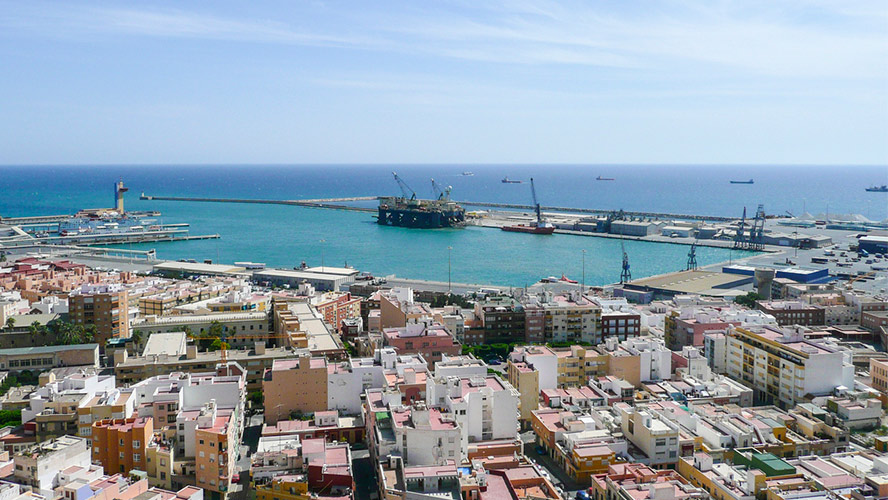
The port of Almeria is divided into several different areas. The westernmost area houses the fishing port where the catch of the day is unloaded and sold. The restaurant La Lonja is located here and it offers the freshest of fish at unbeatable prices. It also affords picturesque views of the port. If you are on a shoestring budget, head to Bar-Cafetería 900 Millas – they serve fabulous tapas.
The largest area of the port is the passenger and cargo wharf. There are four different ferries that connect Almeria to Melilla, Oran, Nador and Ghazaouet in northern Africa.
The port control tower is located on the long Levante pier that extends out to sea. This is where large vessels such as cruise ships and military battle ships dock. Take the steps up to the viewpoint to enjoy the sweeping views of the city and the entire bay.
The marina is located in the easternmost part of the port and can accommodate more than 300 boats. There are several interesting places to visit in this area, including the Club de Mar restaurant where you can enjoy great food. There is also a solemn yet beautiful monument comprising 142 columns to commemorate the 142 Almerian Jews who were sent to the Austrian concentration camp of Mauthausen where they perished.
There is also the palm tree-fringed Parquet de la Almadrabillas where you can enjoy a pleasant walk while the little ones run loose. Sport buffs will be pleasantly surprised at the facilities the Centro de Actividades Náuticas de Almería and EGO Sport Center offer visitors.




































































